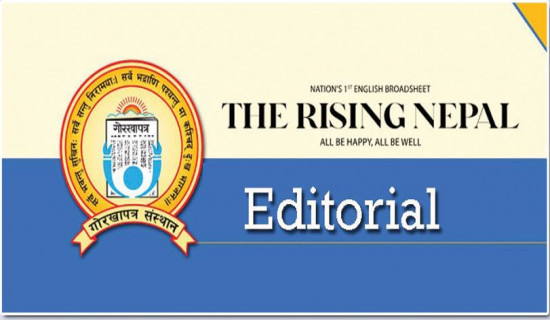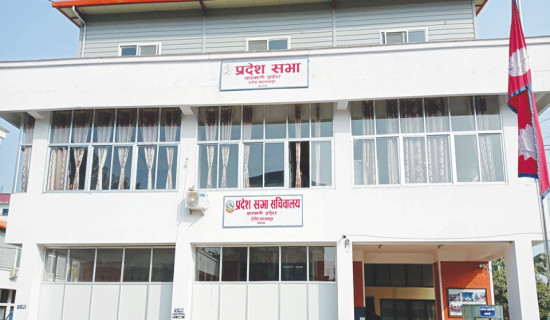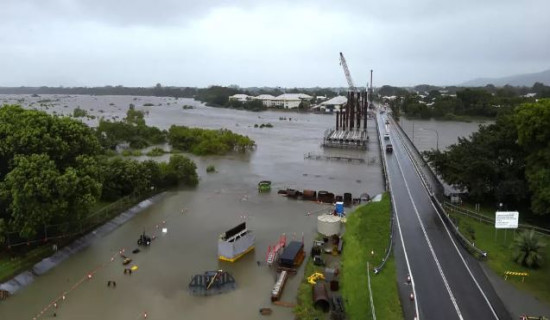- Wednesday, 5 February 2025
Containing Urban Heat
The Kathmandu Valley, surrounded by verdant hills, has been known for its temperate weather. Its moderate temperature is a reason why the tourists from different parts of the world visit the ancient cities of the Valley. It has also been a retreat for people to escape the scorching heat in the southern plains. Even during the sweltering summer, many tourists from India and other countries come to Kathmandu to avoid high temperature in their country and spend time in cool weather here. But the Valley's temperature is rising at an alarming rate for the last some years. Even during the morning, the people are seen holding umbrella to protect themselves from the blistering sun. The once-cool morning has now become humid, thanks to the global warming triggered by the climate change.
The Valley’s natural beauty and mild weather is now marred by the unplanned urbanisation and concretisation of the cities. The once arable lands have been plotted for their commercial use and constructing private houses. The greenery has been replaced by the increasing number of cemented buildings. Trees have been cut down to widen the roads. Devoid of greenery, the bustling streets of Kathmandu register up to 5 degrees Celsius higher than the surrounding districts. This has disclosed that the capital and other cities in the valley have come in the grip of the Urban Heat Island (UHI) effect. The UHI is a phenomena that takes place as the natural land cover is replaced by the blacktop, concrete, pavements and other structures that soak and retain heat.
Other factors that cause heat trapping include heat-absorbing properties of building materials, reduced ventilation and ground water resources, and domestic, vehicular and industrial emissions. This environmental crisis has laid bare the faulty urbanisation policy guided by obsessive penchant for fast-paced modernisation drive. The concentration of the people virtually from all districts into the Valley has made it congested and highly polluted. According to data of 2021, around 3.1 million people live in the Valley. In 2000, its population was around 1.6 million. However, the real number of people residing here may be far higher than that of the official statistics as a large number of migrant workers from the outside Valley and the country working here, may not be included in the census.
Several studies have shown that temperature starkly remains high in non-vegetated areas than vegetated ones. A news report published in this daily Sunday states that temperature differences hover around 3 to 4 degrees Celsius while comparing the temperature of the Tribhuvan International Airport with jungle area below it, Jawalakhel Central Zoo area with Kumaripati area, and inner New Road area with Khula Manch. The soaring mercury has been attributed to the frequency and intensity of the heat waves in the country in recent years. It has not only hit the livelihoods of the people but also increased their health complications such as dehydration and heat strokes.
In order to minimise the UHI effects, it is necessary to focus on the sustainable urban planning and green infrastructure. The government and private sector should promote heat-reducing practices and invest in water and sanitation, electricity and public health services. The authorities should roll out adaptation strategies that incorporate climate-sensitive architectural design, cooling systems and improved assessment methods based on the meteorological findings.

















